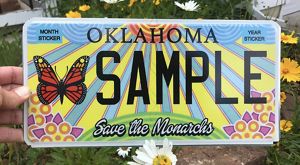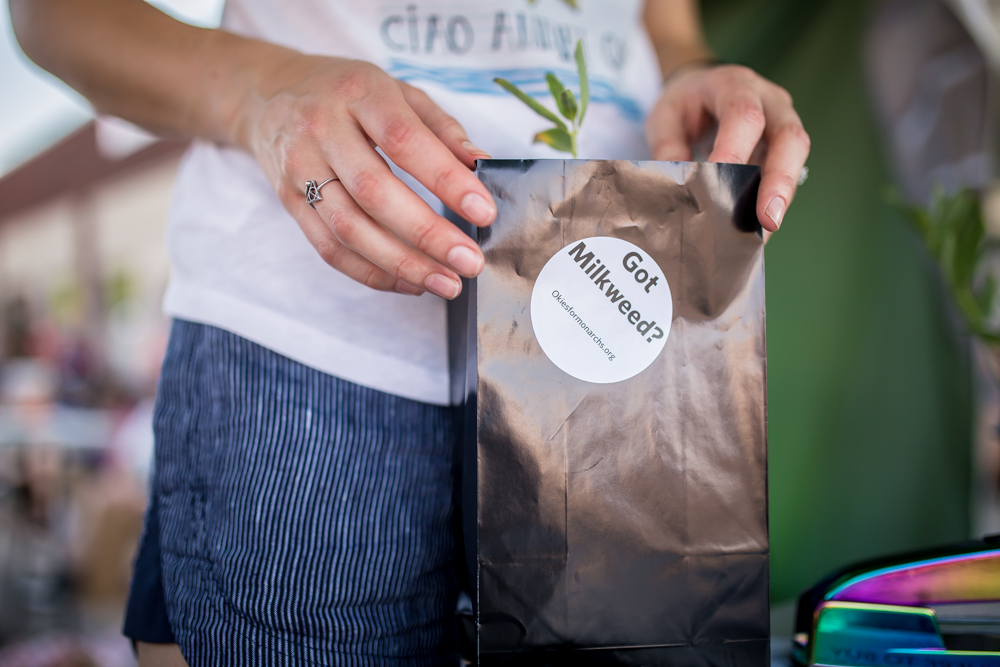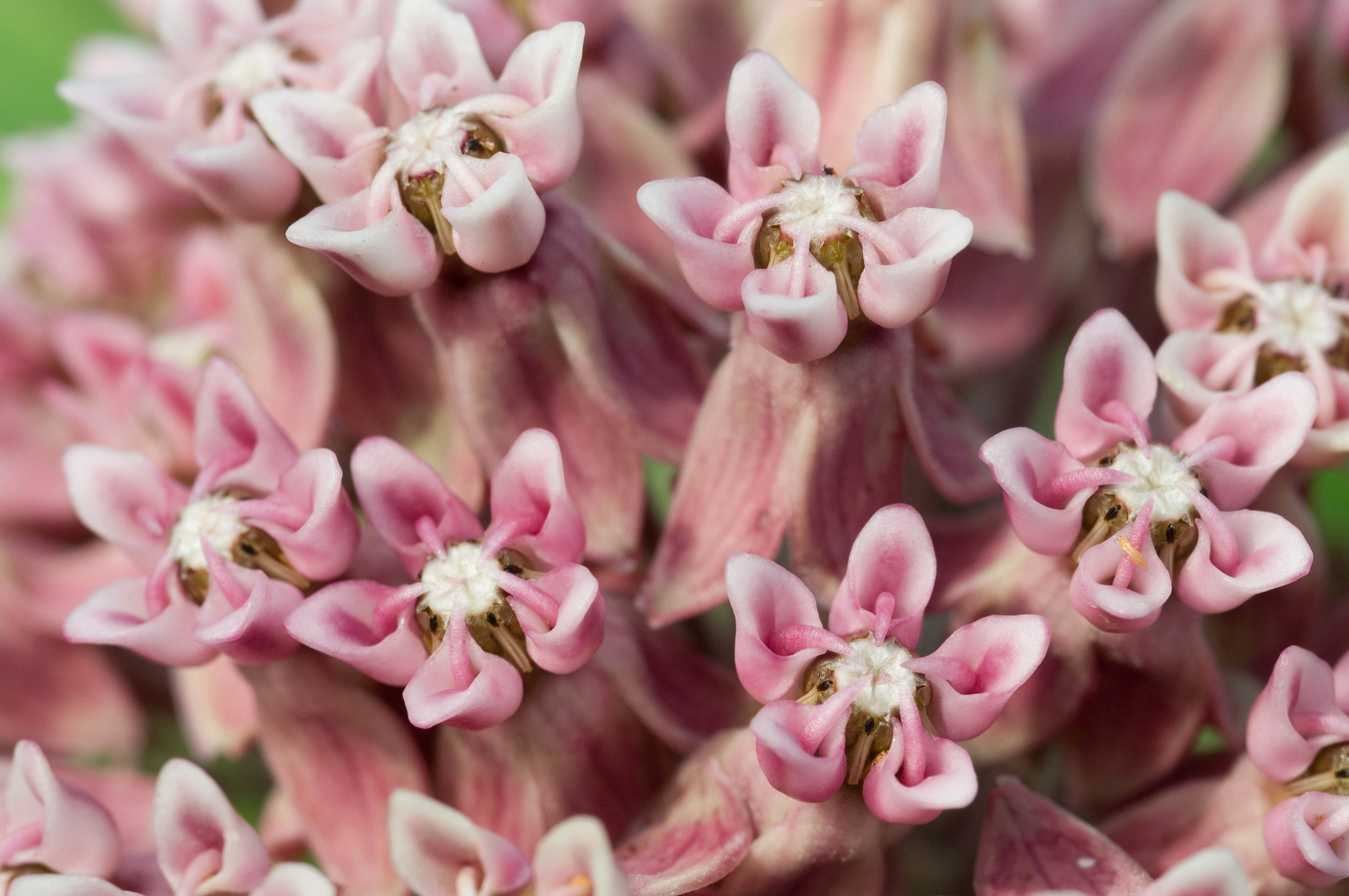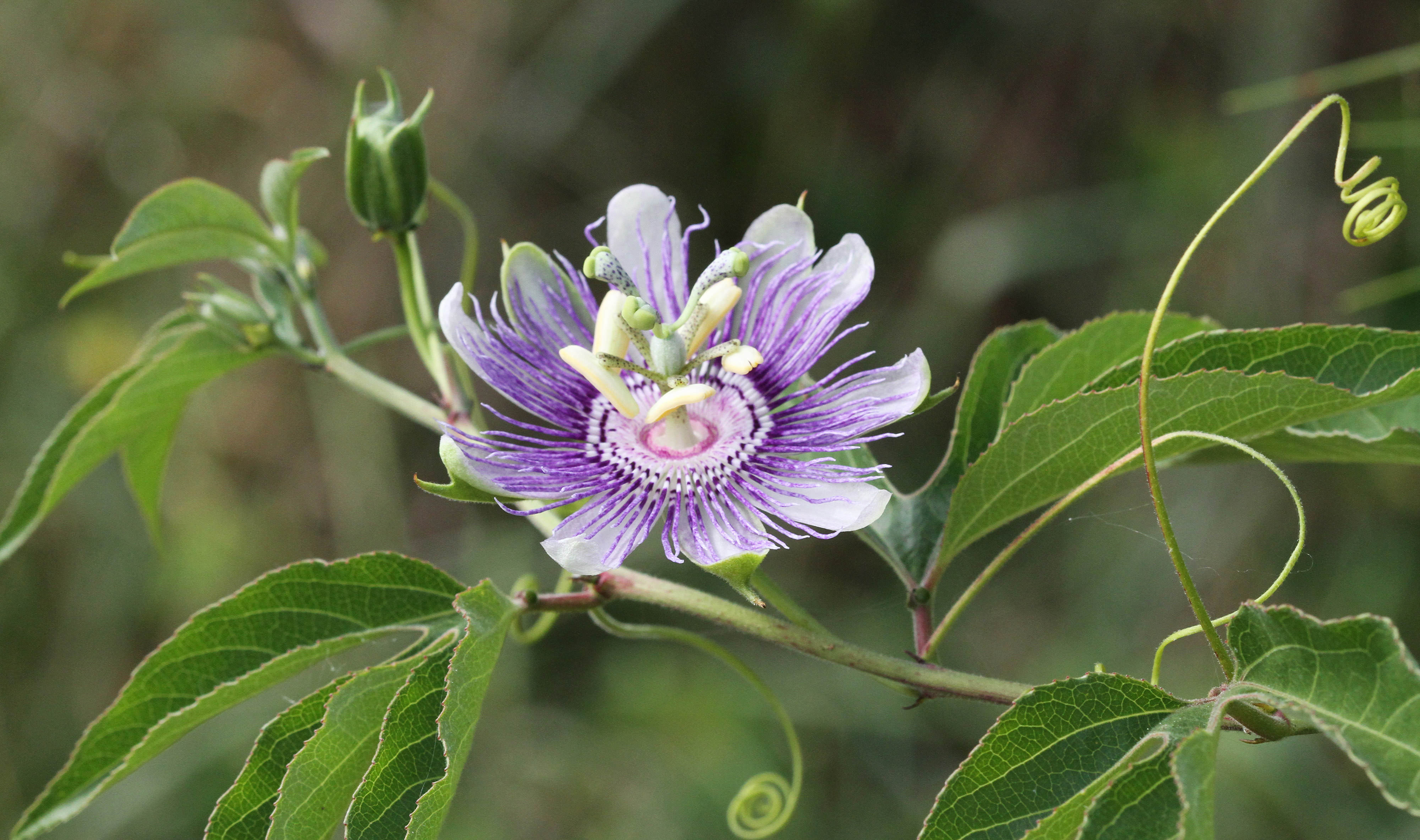Collaborating to Save the Monarchs
Organizations statewide join forces to increase monarch habitat in Oklahoma.
Plant Guides & Gardening Tips
- Download the Regional Plant Guide for Monarchs in Oklahoma
- Trust us, Plant This and Not That
- Native Gardening in Oklahoma
Why Monarchs?
In the last decade, due to habitat loss and other factors, monarch butterfly populations have plummeted at an alarming rate. In 2019, the U.S Fish and Wildlife Service will be considering a petition to list monarchs as an endangered species.
This has spurred national conservation collaboration efforts, with over 16 states developing statewide action plans for conserving habitat in their state for this amazing migratory butterfly. These coordinated, cross-sector, state-by-state actions are our best hope of strengthening monarch populations, which will also result in better habitat for other pollinators and wildlife.
All Hands on Deck
The Nature Conservancy in Oklahoma has joined forces with a broad range of groups including farmers, ranchers, tribes, residents, government agencies, businesses, gardeners, artists and municipalities. In November 2016, these entities attended the Oklahoma Monarch Summit where the Oklahoma Monarch and Pollinator Collaborative (OMPC) was established. These collaborative initiatives have broad-reaching potential for accomplishing significant conservation benefits, in both rural and urban settings, and can result in large-scale native habitat improvements that will benefit all wildlife.
Quote: Katie Hawk
Our goal is to educate, engage, and support Oklahomans in protecting and enhancing habitat for pollinators throughout Oklahoma.

Monarch License Plates
Join the growing number of Oklahomans rocking these rad colors on their car to show support for monarch and pollinator habitat.
Oklahoma's Important Role
It's simple. Oklahoma is centrally located in the monarch migration path. In order for these butterflies to thrive, Oklahomans must provide ample food, shelter and breeding grounds during the spring and fall migrations.
Oklahoma has a wide variety in ecoregions. (We have 8!) This means that different plants will do better in each region due to the range in soil type, weather and ecosystems. Okies for Monarchs has developed regional plants guides for Western, Central and Eastern Oklahoma with species specific to those areas. Because monarchs pass through Oklahoma twice each year, these guides also identify plants that bloom in early spring and in late summer.

Got Milkweed?
Monarch butterflies are unique in many ways but they are especially picky about where they lay their eggs. Monarchs will only reproduce on milkweed plants. Milkweed leaves become the nutrition for caterpillars and once they bloom, the nectar for adult butterflies.
Oklahoma is home to 26 native milkweed species. There are several options for color and blooming period that will benefit your garden both aesthetically and ecologically.
Planting milkweed is an easy way to help restore monarch habitat as well as benefit other pollinators.

Follow The Monarchs
“Follow the Monarchs” is a traveling art display featuring thousands of paper butterflies mimicking the monarch migration. Over one thousand paper monarch butterflies designed with kids' drawings and messages are traveling around Oklahoma City generating awareness and educating the public on the decline of monarch populations.
See where the art exhibit will land next and how you can add a personalized paper monarch to the traveling kaleidoscope. Not that kaleidoscope! A group of butterflies is called a kaleidoscope or swarm and a group of caterpillars is called an army.
Stand Up for Nature in Oklahoma
Since 1986, we have worked to conserve Oklahoma’s magnificent landscapes and unique biodiversity totaling more than 100,000 acres. When you donate today, you will help ensure a thriving natural environment for future generations of Oklahoma.



